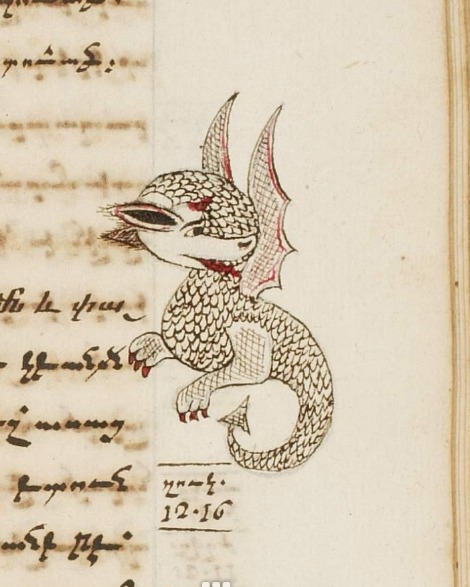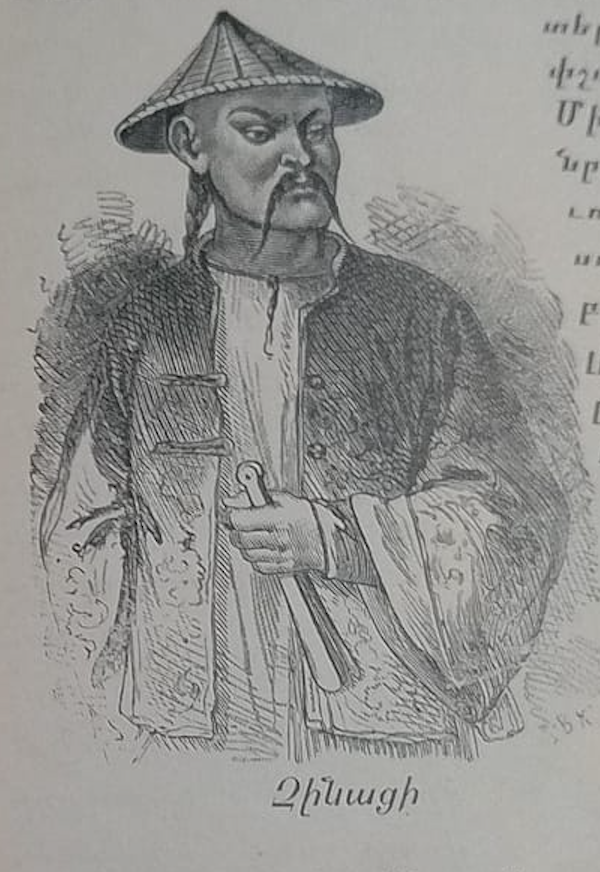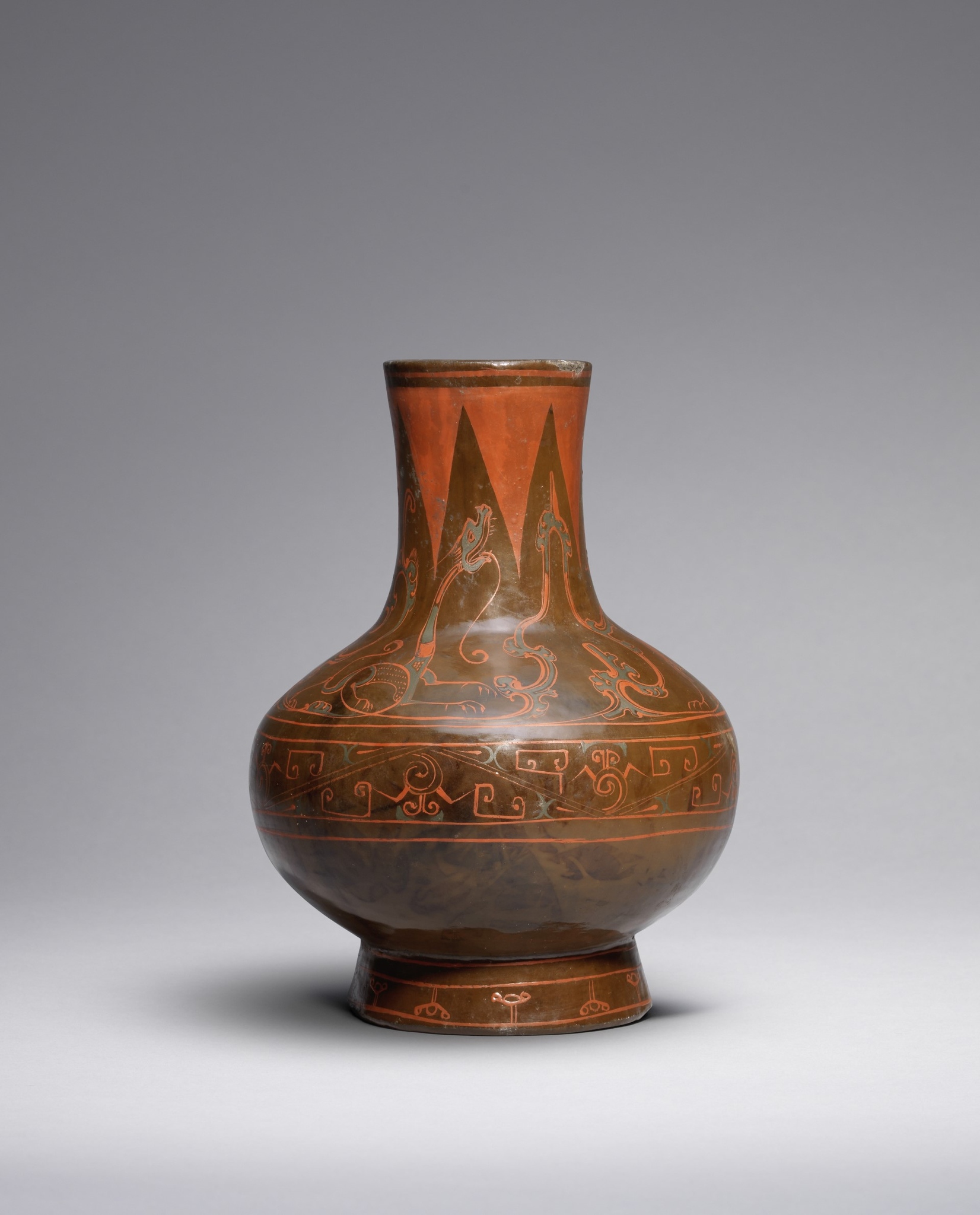
Chinese Guanyin made of lapis lazuli- a product of cultural exchanges and intersections
By Ani Margaryan
Have you ever seen an artwork that is all about one single, intensive, capturing colour your eyes
can’t get enough of? Yves Klein’s “Blue Venus” (1961) (Pic.1) is one of that kind: the deep-blue
colour has enveloped the entire figure of the goddess of beauty epitomising the concept of attraction

itself and immersing the viewer to shrink into its profoundness of dark-cerulean texture.
The blue has always been a source of awe, tranquillity, presence of divine for the first known
civilisations to nowadays audiences, but in comparison with Klein’s “Blue Venus” (painted plaster),
the captivating deep-blue colour of centuries-old artworks, jewellery and figurines mainly derived
from natural stones, minerals and other materials, one of the most precious and desired among
them- lapis lazuli.
The Victoria And Albert Museum hosts a tiny 9cm high Guanyin on the stand (Pic.2), carved from
lapis lazuli dated 1900-1950 CE. It seems it had no other function than served as a protective
talisman bringing good luck to the owner. Most likely it reached Britain in the third quarter of the
last century through Chinese immigrants or Western travellers-dealers of Asian antiquities.
Although it can’t be considered as an ancient artefact, though it maybe appears so, its tradition goes
back to the era of The Great Silk Road. Both Buddhism and lapis lazuli reached China due to that

immense network of trade routes directly from Afghanistan. The latter was part of a country known
as Bactria. The lapis mines that were producing then are still producing today. Merchant caravans
transported the precious blue lapis across Bactria, on their way to the great cities of the Ancient
Mesopotamians, Greeks, Indians, Egyptians, Persians. Bluestone was highly appreciated, accoladed
and endowed with magic properties by ancient writers, philosophers and historians all over the
world. The Greek philosopher Theophrastus, the successor to Aristotle, viewed the lapis as “the
sapphires, which is speckled with gold”.
Such a perception was cased not only due to the rareness and prestige of the object but also its
colour appropriate to the “blue of the heavens, golden glitter alike of the solar disk.” Being charmed
by the natural yet enchanting qualities of lapis, it became the analogue of the deities through various
belief systems and religions. For instance, the Roman author Pliny the Elder (AD 23/24 – 79)
described the stone as “opaque and sprinkled with specks of gold”. It even appeared in The book of
Exodus referring to the Old Testament and was said to prevent miscarriages, epilepsy, and
dementia.
Nonetheless, the lapis lazuli was more precisely treated and cited as a direct reference to gods in
Buddhism. Buddha Amitabha’s paradise was believed to be paved with gold, silver, and lapis, and
that the buddha’s body itself would appear as blue as lapis lazuli. Besides, one of the incarnations of
Buddha is known as The Lapis Healing Master or Medicine Buddha, who is referred to as a great
physician, the repetition of whose name and mantra is said to grant protection from worldly dangers
and freedom from untimely death, as blue signified the concept of loving-kindness and peace
in Buddhism.
Associated with the Akshobhya Buddha and the healer “Blue Buddha,” the colour blue conveys
tranquillity, ascension, the infinite, purity, healing and sagacity. In addition, there is a deity in
Buddhism, called Bhaiṣajyaguru, depicted seated, holding a so-called “lapis-coloured jar of
medicine nectar”. In one of the sutras, he is described by his aura of “lapis lazuli-coloured light.”
Read the full article https://www.artstoriagalleria.com/chinese-guanyin-in-cultural-exchanges









